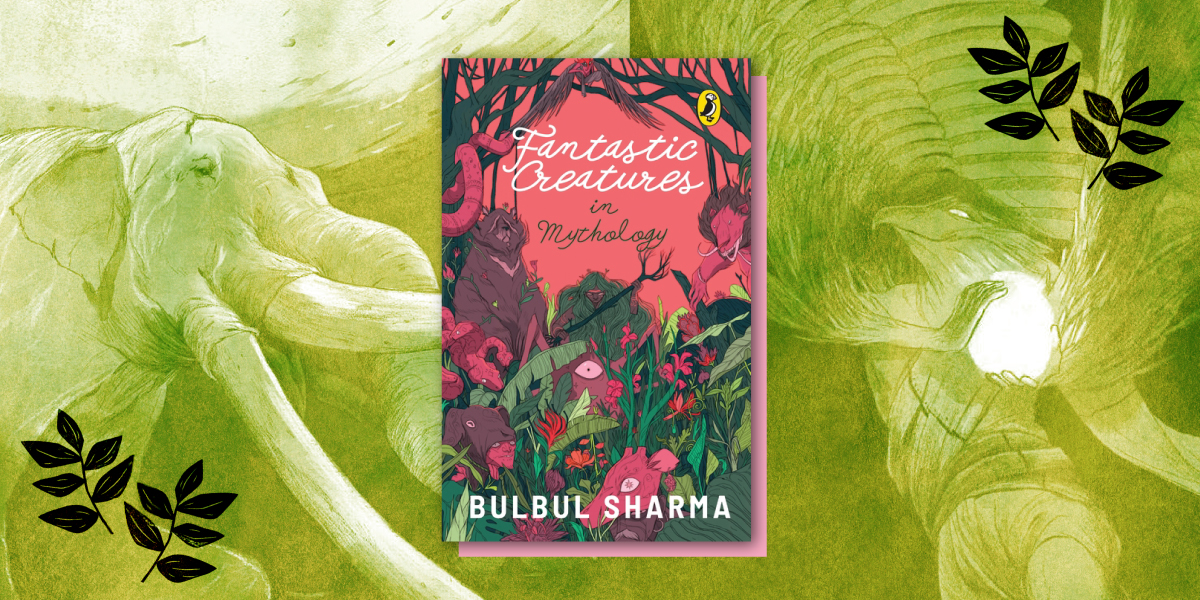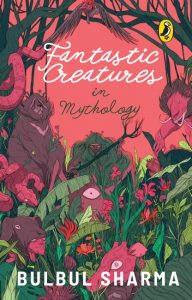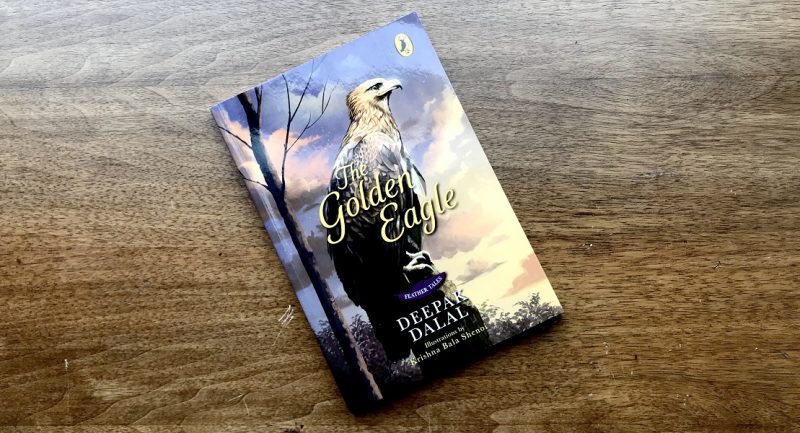
Fantastic Creatures is a spellbinding anthology of Indian mythology retellings. With a focus on the chimeric beings that populate our folklore, author Bulbul Sharma has found an evocative way to reintroduce the beloved stories from our childhood. Here she writes about why children often learn storytelling and writing from mythologies, and why these ancient tales will never grow old.
*

Indian mythology, with its treasure trove of tales, is one of the richest and most colourful mythologies in the world. The wonderful and unique aspect of our myths is that we are still totally familiar with these age-old stories. They are ever-present in our art and dance traditions, in classical music and theatre. Most Indian children in city schools or in remote village schools know these tales really well. When they are younger, they beg their grandparents to tell them these stories, and later when they are older, they love reading them. Whatever age they are, they love listening to or reading these familiar stories over and over again.
It is important for them to revisit these tales often to absorb all the subtle messages and gems of ancient wisdom that each story contains. As they read these stories, children admire the courage of the various great heroes and feel good when they defeat the demons. The tale is familiar, yet it makes them think about the battle between good and evil. These ancient tales teach children the value of good conduct but in an exciting, action-packed manner. There is always a curious twist to the tale. How did Tataka become such a terrible demoness? Who saved the inhabitants of the forest from her evil ways? Why did Khabanda have only one eye and a huge stomach? Why did Marich change himself into a magical, golden deer? How did Hanuman recall his superpowers?
Each story in mythology has stories hidden within itself, and only by reading them over and over again, are children able to discover the various layers. It is important for children to see for themselves how good always prevails over evil. However difficult the lives of the heroes might be, however many battles they might have to fight; the young reader always knows that his hero will always win in the end. The demons we meet are not always bad. Some were good creatures once upon a time but were turned into demons because they did some mischief. This is a subtle way of teaching our children that wickedness is always punished. Despite being tales about good conduct, the stories from mythology never preach morality in a stern and boring way. There is always drama and colour, and there are many fantastic creatures dancing through the story to hold a child’s interest.
In ancient days, when a storyteller sat under a banyan tree and recounted tales of valour and courage from our ancient epics, people absorbed every word with enthusiasm. Though they knew these tales of earth-shattering battles, amazing valour and courage, from beginning to end, they still found them interesting since each storyteller added a different nuance to the familiar, much-loved tale. Each time I retell a story from mythology I try to add a slightly different layer of colour, but I am careful to stay very much true to the ancient story as the children know each and every word. Stories from our mythology are timeless, and children have always known this, and this is why they love reading these wonderful stories, over and over again.









